"Brera art gallery is the most prestigious museum, which Touring club Italiano has published with the valuable collaboration of Soprintendenza per i Beni Artistici e Storici and Credito Italiano which made Brera art gallery approach the wealth of organization and flowing of art gallery's interior circulation.”
“A museum should have the same dynamics as a park. It was a very bright intuition, because it pointed to the fact that the content should be as important as the way to access it.”
— James Bradburne (Director since 2015; head the Pinacoteca di Brera and Biblioteca Braidense)
Head back in their history of The Palazzo di Brera was build in Late Baroque period (14th century); In 1571, Jesuits who being charged and found a school and college here. after that in 1627 Francesco Maria Richini, the leading Milanese architect in the first half of the 17th century — Richini was the first that most getting further on process building's physical construction. Brera Art Gallery is one of the largest art galleries in Italy and contains a fine collection of north Italian painting. After 1796 the influenced of Napoleon has occurred which means political had changed included cultural and it appeared to be different atmosphere after the academy began to dominate.
The first collection painting were appeared in 1799 which came from the church of Santi Cosma e Damiano alla Scala, Milano with plenty of them; by this date were displayed in room XXXIV. Back to 1799 first intention was that Brera itself has fulfilled purpose by two purpose — first, was transformed into a large modern national museum and contained works of all school painting to be preserved and studied safety — other purpose, was to differentiated as meet the political required by capital city of the Kingdom of Italy.

I met the courtyard that appeared Napoleon statue in the center — WHY ?; let's get back to their history again in 1805, when Napoleon was also crowned King of Italy, the decree has announced that the exquisite values art should be brought to the Academy in Milan, where the most famous art was gathering. In 1813, the Brera had an agreement with the Louvre about to exchanged the five paintings of Jacob Jordaens, Rembrandt, Rubens and van Dyck — the best painting were hung in the Napoleonic room.
I must referred to the history of Italy — Italy only became the country in 1861 but before its occurred the country was fragmented into the different states (called Peninsula Italia) against each other — the Duchy of Milan, the Kingdom of Naples and The Republic of Venice and Florentia (From Florence I was mentioned in Galleria degli Uffizi about the Medici family were the wealthiest family in Firenze) which these reason make another conditions since they didn't come from the same page means they also divide and conquered the property and arts are included that brought them to collaborated each other in presents a least you might heard the collaboration from two states — Milan and Venice.
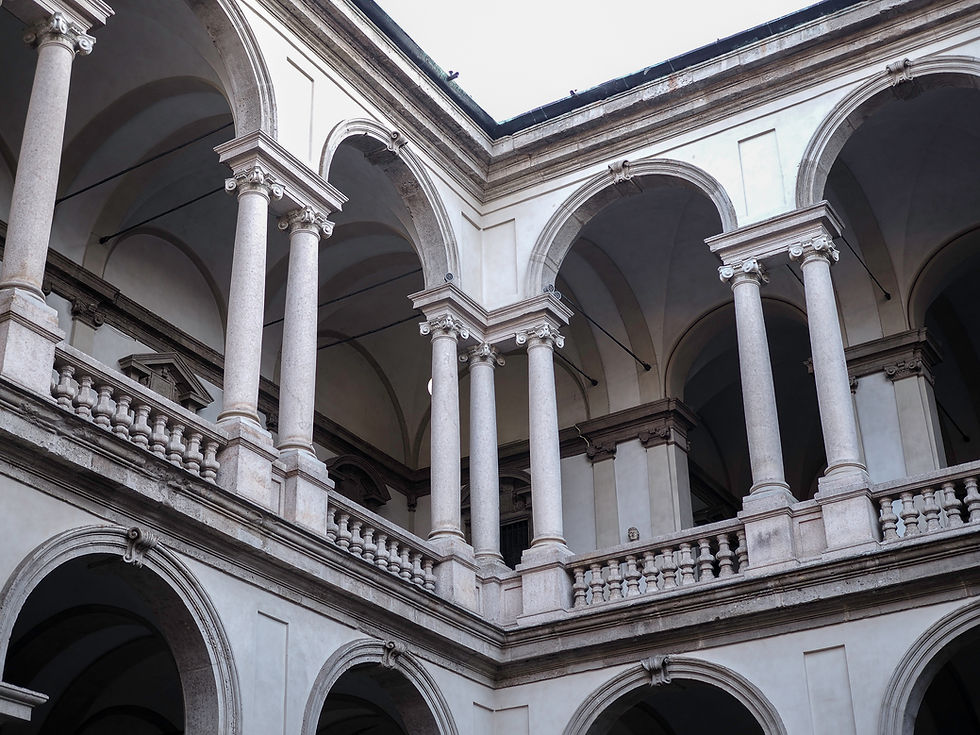
The Palazzo di Brera has amount of influence people propelled successful as nowadays. In each of paintings is a timeline narrative towards the art history and for the artists themselves; these cause reflects the inspiration to me one of their strategy is a collaboration with other iconic art gallery the Brera opening a statement exchanging the paintings collection rotary flows through the gallery. Likewise, with this causes brought the author to the following selected paintings.
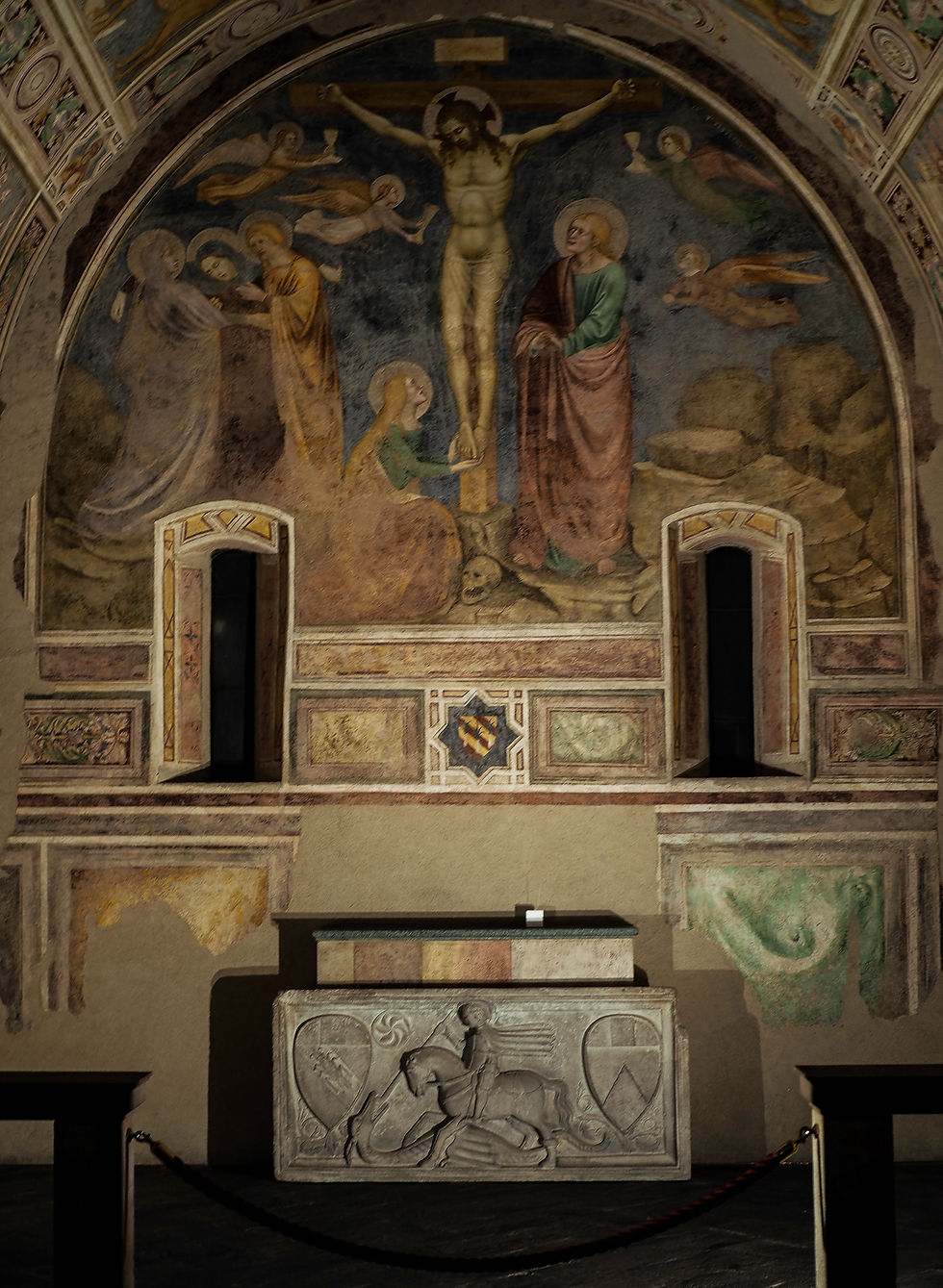
ROOM IA:
(Oratorio Porro di Mocchirolo)
Must refers to 'Giotto' ,commissioned by a member of the Porro family.
The frescoes of the Porro oratory at Mocchirolo, the iconic frescoes commissioned by a member of Porro famiglia and it was detached from their original wall installation in 1949 to recomposed at the Brera in 1950s where the new atmosphere has duplicated the environment from the original for the visitor tastes the identical atmosphere. It was also maintain the direction of the light. the Crucifixion composed into the center of the frescoes. Some sources revealed that "In these frescoes the characteristic of Giotto's art are apparent; a strong sense of form and volume; attention to realistic details and expressions; clarity of description and narrative coherence."

ROOM XIV:
Venetian paintings of the 16th century
(Dipinti veneziani del XVI secolo)
in the large room of XIV was also interpreted as the official entrance of the exhibition which was the Napoleon statue dwelling the center of the space and upon of his head was appeared the directed light extruded the Napoleon statue influentially, the statue was the identical posture with the Napoleon from the courtyard but specified by the different material finishing.
In this particular room was containing the works of the Venetian character, to be understands the Venetian briefly let's look back into the history shortly, Venezia had one of the most influence of Christianity and had an importance roles to pupiled the Crusades by its funding that became a reason that almost of the art piece were narrating about the scenario of the Christ.
I was mentioned about the ceiling light above of Napoleon statue — it a circle shape produces a natural light the effect offers the room airy, so the visitor could feel comfy to leisure around since the exhibition contained several artwork it probably take your time.


ROOM IX:
Venetian paintings of the 16th century
(Dipinti veneziani del XVI secolo)
Room IX contained the constellation artist from the 1600s (Lorenzo Lotto, Titiano Vecellio, Veronese (Paolo Caliari), Padovanino (Alessandro Varotari, Tintoretto (Jacopo Robusti), Jacopo Bassano (Jacopo Bassano)) represented the way to telling of the Christianity
ROOM VIII:
Venetian paintings of the 16th century
(Dipinti veneziani del XVI secolo)
Another Venice environment, I'd got noticed that only large paintings being displayed here consisted of the scenario of Christianity attached by exquisite frame.
I stopped by the large size exquisitely painting "St. Mark Preaching in Alexandria" , by Gentile Bellini and Giovanni Bellini, which the painting depicted the element of the scene among of Venice environment as a Venetian architecture it provided a symmetry balancing in the paintings which the Venetian building stand behind with the crowd of diversity racial probably because this particular place represents the hub of merchant.


— James Bradburne (Director since 2015; head the Pinacoteca di Brera and Biblioteca Braidense)

ROOM XI;
Lombard paintings and frescoes of the 15th and 16th centuries
(Dipinti e affreschi lombardi del XV e XVI secolo)
Final room of the four Napoleonic rooms houses, Italian has their own uniqueness — created and divided a particular character, scenario look likes the different windows depict different scenes to me — this splendid 'Polyptych' is The Santa Maria delle Grazie Polyptych, Vincenzo Foppa, but if you are the person who interested and visited Italian museum frequently, you might noticed the paintings itself similar to window frame that splits the scenes and character were the most 15th and 16th centuries artist's favor. The Santa Maria delle Grazie Polyptych was originally into the church of Santa Maria delle Grazie in Bergamo some panels here remains missing included the panel of Maria the Virgin might being projected, a particularly version here decorated by preciosity of gold.

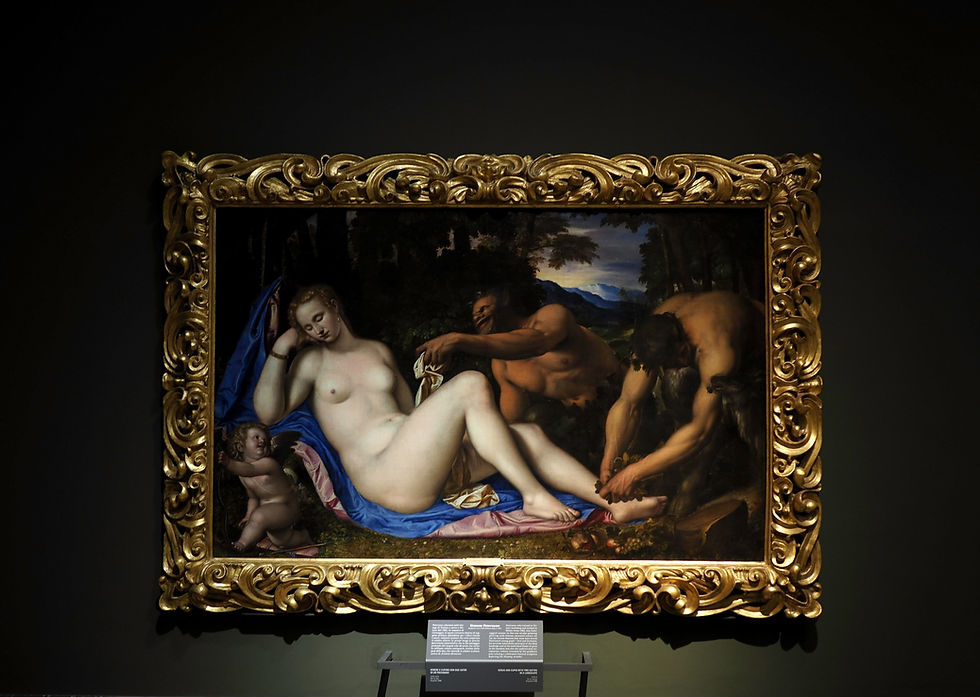
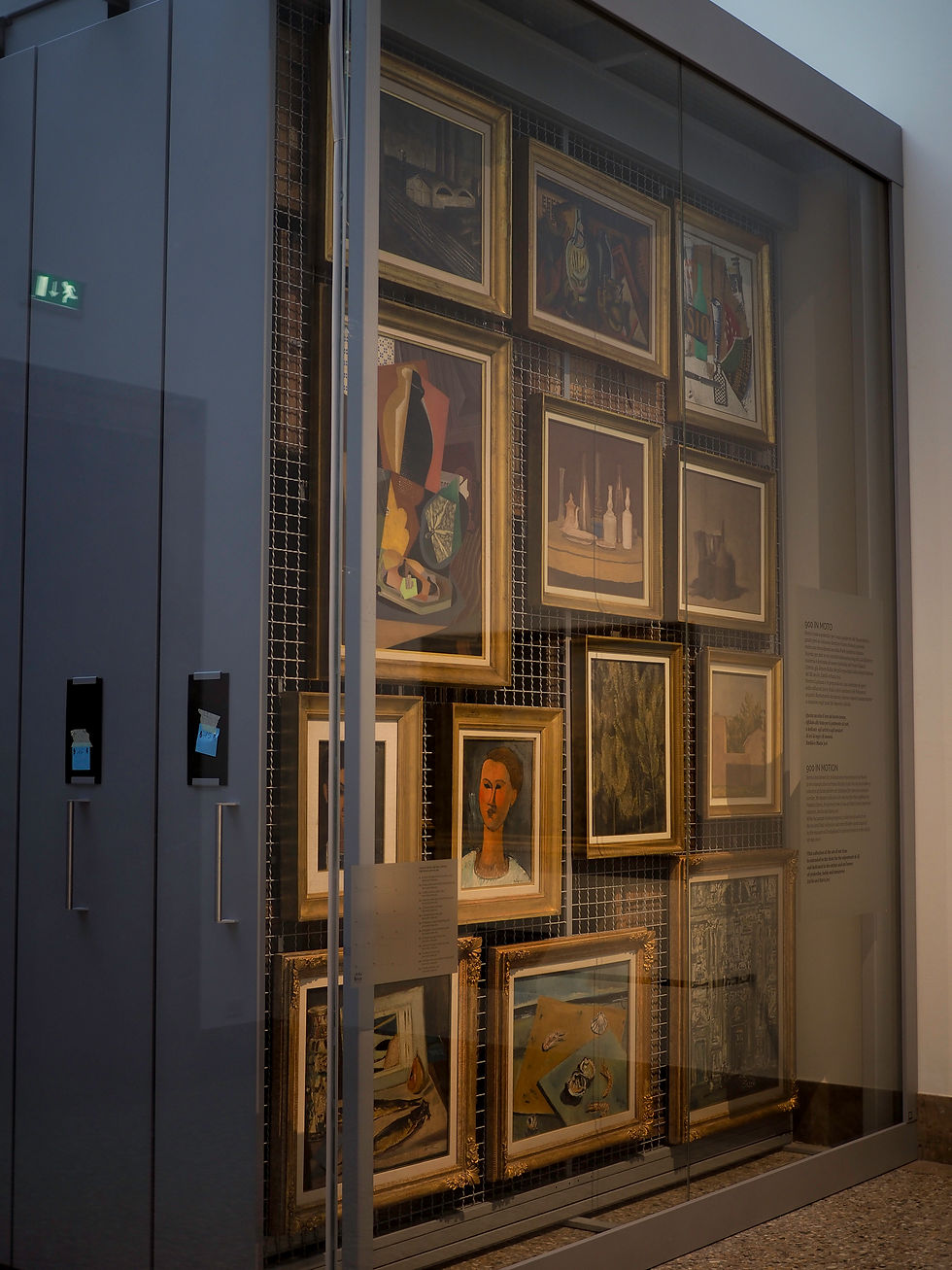
I'd stopped by the humidity and temperature protection area for cultural heritage, what I've seen must be the actual space they were operating a works but has tempered glass splits the room's staff area from the pathway corridor the visitor walk passed, a particular session referring me to the individuals role called 'Paintings conservator' — What is a 'Paintings conservator' ? they're the professional person who carrying The conservation and restoration of paintings. The individuals being responsive towards the heritage or ancient property for example Sistine Chapel restoration, The Last Supper, Santuario de la Misericordia Fresco and et cetera.
There's a various different type of paintings, in order to provide restoration they have to considering in multiple causes and history tracks which the delicate procedure, knowing the history of a particular painting will bring the paintings conservator exactly making restorative changes, as the matter of facts we won't digging in the details but to tells you initially

The contents of Conservation and restoration of paintings
(from Wikipedia)
1. Basic care
2. Causes of deterioration
3. Recommended environmental conditions and potential damage
4. Painting mediums and preventive conservation
5. Material combination issues
6. Conservation treatments and processes
7. Scientific tools used
After a short brake about the restoration fun-facts, resumes to the gallery with the most radically impressive painting that precede its reputation across the world — Supper at Emmaus (Caravaggio, Milan), 1606.
Believe me, everyone ought to know a least the Last supper and Supper at Emmaus also well-known especially the painting of master Caravaggio... Supper at Emmaus shows the episode of the Gospel that takes place after the resurrection, The sacred heart was in the Emmaus the city living near the Jerusalem. As a matter of fact, this version reflected to the other of Supper at Emmaus, 1601, (National Gallery, London). The lighting represented the scene dramatically and the shadow darken and laid down to the Jesus's shoulder.

Next "Bathsheba at her bath" which the version that was the most popular was from Rembrandt but this version of Francesco Hayez also impeccable and successful, by the tradition of this painting depicts the scene of David spying on Bathsheba which came for the reason of her posture relaxed, seduces, impregnates her — and revealed her nude looks natural and pearl skin. The painting was commissioned by the king of Württemberg and completed in 1827.

And the finale, "The Kiss" by Hayez, the Italatian painter conveys the Italian romanticism and became an emblematic icon of Pinacoteca di Brera. It depicts a couple for the middle ages in Italy — their actions were embracing each other while kissing interpreted the farewell kiss or reunion, the other spot that caught my eyes was how the differentiated of texture in their clothes — the green lapel on the cloak, the red stockings, blue and white gown allude to the flags of Italy. The Kiss was commissioned by Alfonso Maria Visconti di Saliceto.

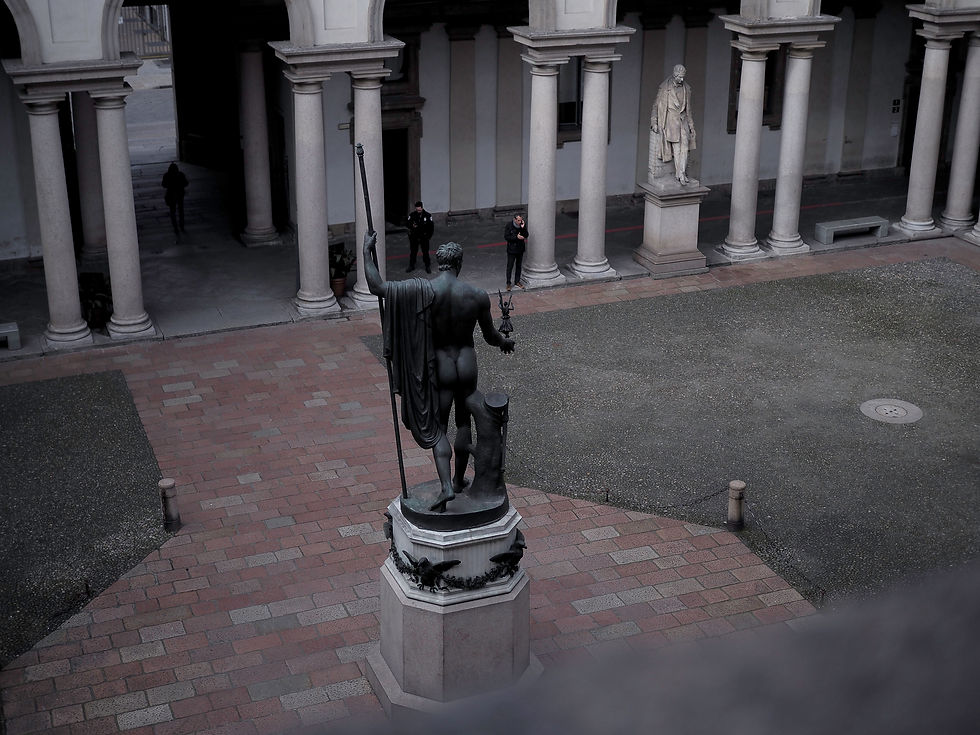
Location : Pinacoteca di Brera, Milano, Italy
Address : Via Brera, 28, 20121 Milano MI, Italy
Open duration : 08:30 am – 07:15 pm
©2021 Published & images by Nadtanit Bukkavesa




































留言